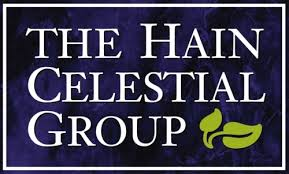A sad sales secret.
I was recently talking with a marketing friend from a company with $3+ billion in sales, who shared an interesting dilemma. The company is growing like a dookie yet not necessarily outperforming the category. A huge online competitor is about to unleash the wrath of its sales engine and though it is acknowledged it’s not overly concerning. (Como se dice MySpace?) When asked about brand strategy my friend defaulted to logo land and said it was not a priority. But s/he did share something that was quite interesting, saying the company salesforce was a bunch of freelancers (my words), designing their pitches to the companies upon which they were calling. “We have no value proposition. Our guys just go out and sell.”
That is something my friend acknowledged needing help with.
So where to sales people learn how to position the brand for selling? In sales training of course. Sales training without brand strategy, though, is like college without a major. You are tactically trained by not strategically trained. One can read all the Malcolm Gladwell books in the world but without an understanding of the “organizing principle” that ties what the brand does well to what consumers want most, you’re in the generic aisle.
The two most important places to share a brand strategy – providing your company has one – are: new employee orientation and sales training. Sadly, most brand strategy stays within the walls of the market dept. and is rarely shared. A sad but dirty little secret.
Peace.



